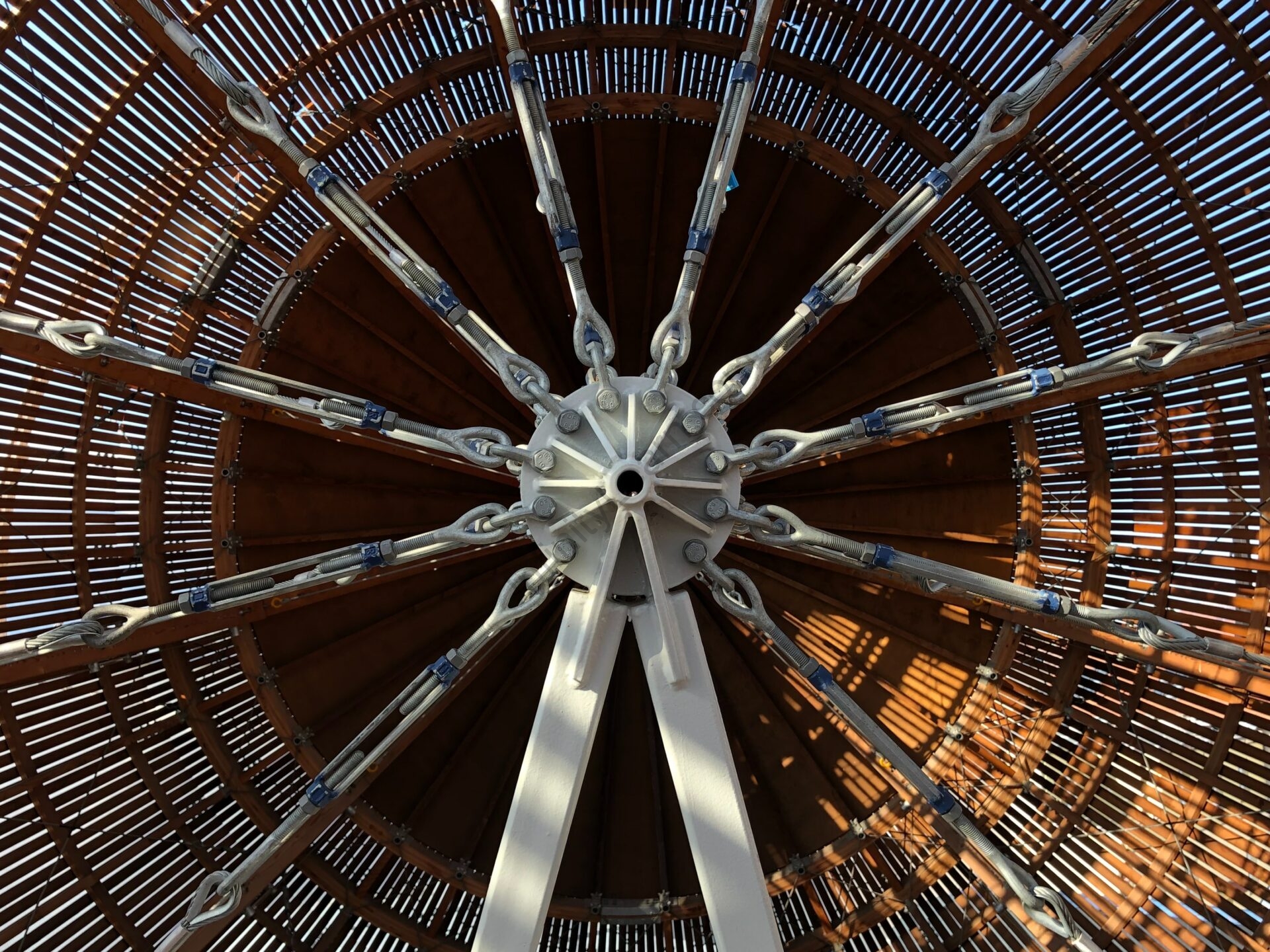
Courses

We know that a wheel’s motion is a mix of translational and rotational motion. As a result, the instantaneous center of rotation (ICOR) is the point at which the motion can be evaluated as a pure rotational motion, and it is a crucial topic in rotational dynamics from the of the JEE test. With the help of FAQs, we shall go deeper into this subject. A plane figure moving on a two-dimensional plane is frequently used to illustrate plane movement of a body. At a given point in time, the instant center is the point in the moving plane around where most other points are revolving. For any value of the time parameter, a plane’s continuous movement has an instant centre. The result is a curve known as the moving centrode. The fixed centrode is composed of the locations in the fixed plane that correspond to these instant centers.
The three types of instantaneous centers for a mechanism are:
The first two forms of instantaneous centers, fix and permanent, are referred to as major instantaneous centers, while the third type is referred to as secondary instantaneous centers. The fixed instantaneous centers I12 and I13 are so named because they remain in the same location throughout the mechanism’s configurations. Because the instantaneous centers I23 and I34 move as the mechanism moves, they are permanent instantaneous centers. However, the joints are not. Because the arrangement of the mechanism varies, the instantaneous centers I13 and I24 are not fixed nor permanent instantaneous centers.

Let’s use a wheel as an example. The lowermost position has 0 velocity if we believe the wheel is in pure rolling. So, if we look at the motion from that place at that time, we can see that the wheel is rotating around that point.
Instant Center – refers to a body’s rotational center at a certain point in time. It’s a location shared by two bodies where their velocity is the same. i.e. a place where the relative velocity of the two bodies is zero.
Consider the planar movement of a circular wheel rolling over a linear route without sliding. The wheel revolves around its axis M, which is parallel to the road. The wheel’s point of contact P with the road does not slide, implying that point P has no velocity in relation to the road. As a result, when the wheel’s point P makes contact with the road, it becomes an immediate center. The circle, which defines the moving centrode, is made up of the points of the moving wheel that become immediate centers. The line of the road, which defines the fixed centrode, is defined by the locations in the fixed plane that correspond to these instant centers.
When two planar rigid bodies are in contact and each has its own unique center of rotation, the relative center of rotation between the bodies must reside somewhere along the line connecting the two centers. As a result, because pure rolling is only possible when the center of rotation is at the point of contact, pure rolling can only be achieved when the point of contact passes across the line linking the two rotation centers. When there is no relative sliding between the gears, this is known as the pitch point in involute gear design. The ratio of the two distances to the relative center really determines the gearing ratio between the two spinning sections.
The immediate center of rotation is noticed in the biomechanical study for the functioning of joints in the upper and lower limbs. Take, for example, the knee, ankle, or shoulder joints. Such understanding is useful in the development of artificial joints and prostheses, such as elbow or finger joints. “…velocity vectors derived from the immediate centers of rotation suggested that the joint surfaces move on each other,” according to a study of horse joints. Turning a moving vessel through water is the subject of research. Changing the design of a brake pedal mechanism can enhance a car’s braking qualities. Designing the suspension system for a bicycle or an automobile.

A point on a rigid body with zero velocity at a particular moment. Instantaneous: At the time of consideration, it is possible that the velocity is zero. Idea: We can easily compute the velocities of all other points in 2D motion if we know the position of an instant center and the angular velocity of the rigid body.
Draw two perpendicular lines from the velocity vectors’ tails. Make a line that connects their heads and intersects the perpendicular line. The ICOR is that point of intersection. The Instantaneous Center of Rotation is represented by point C.
The instant center is a mathematical shortcut that may be used to calculate these unknowns. The immediate center is also known as the instantaneous zero velocity center (IC). It is located on a zero-velocity imaginary axis around which the body seems to revolve at any given time.
Any rigid body motion with one point fixed is equal to a rotation about some axis passing through that fixed point, according to Euler’s theorem of rotation. The presence of an instantaneous axis of rotation is now widely assumed to be implied by Euler’s theorem of rotations.
The instant center of rotation (also known as the instantaneous velocity center , instantaneous center, or instant center) is a fixed point on a body that is experiencing planar movement and has zero velocity at a given moment.